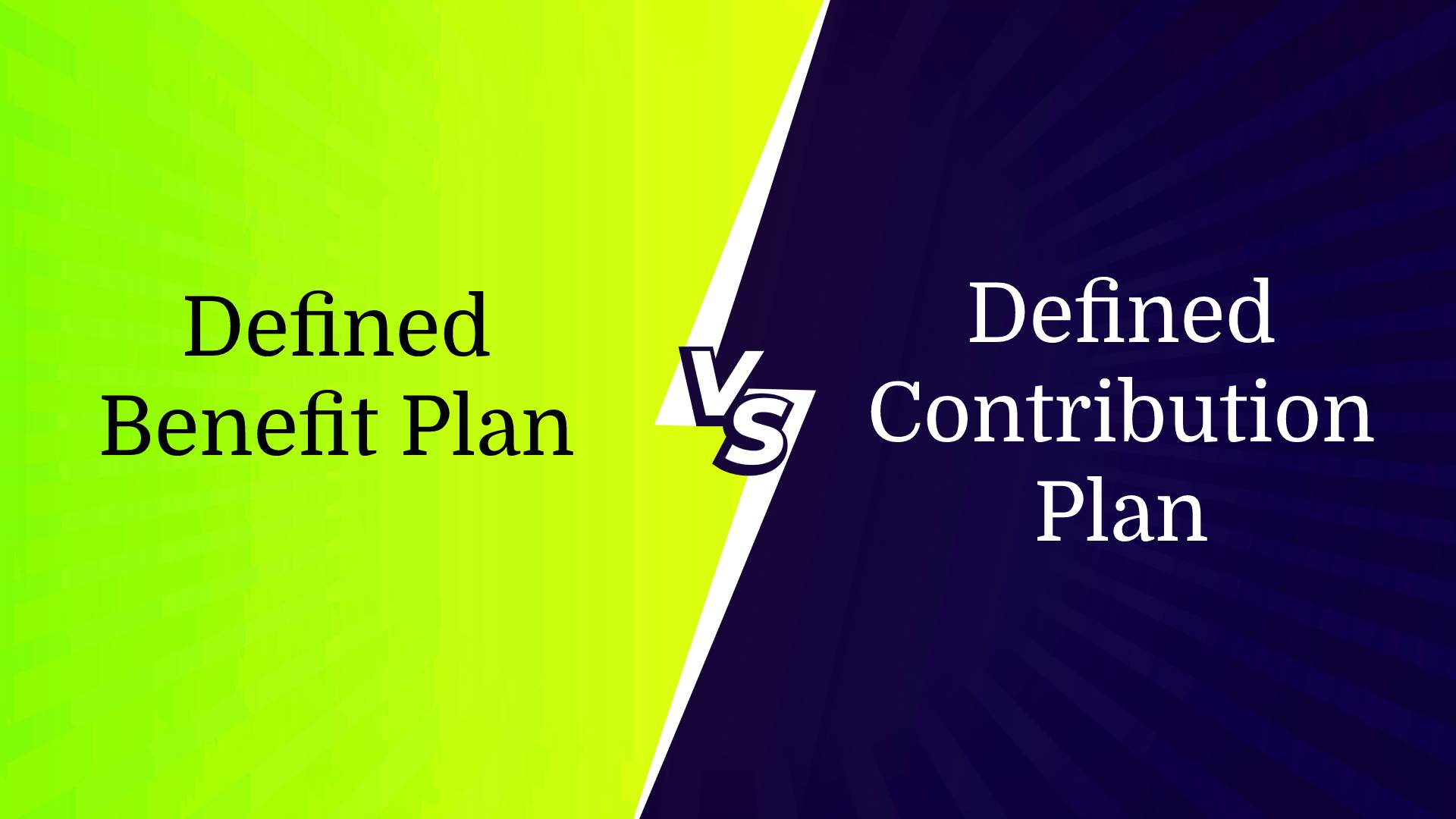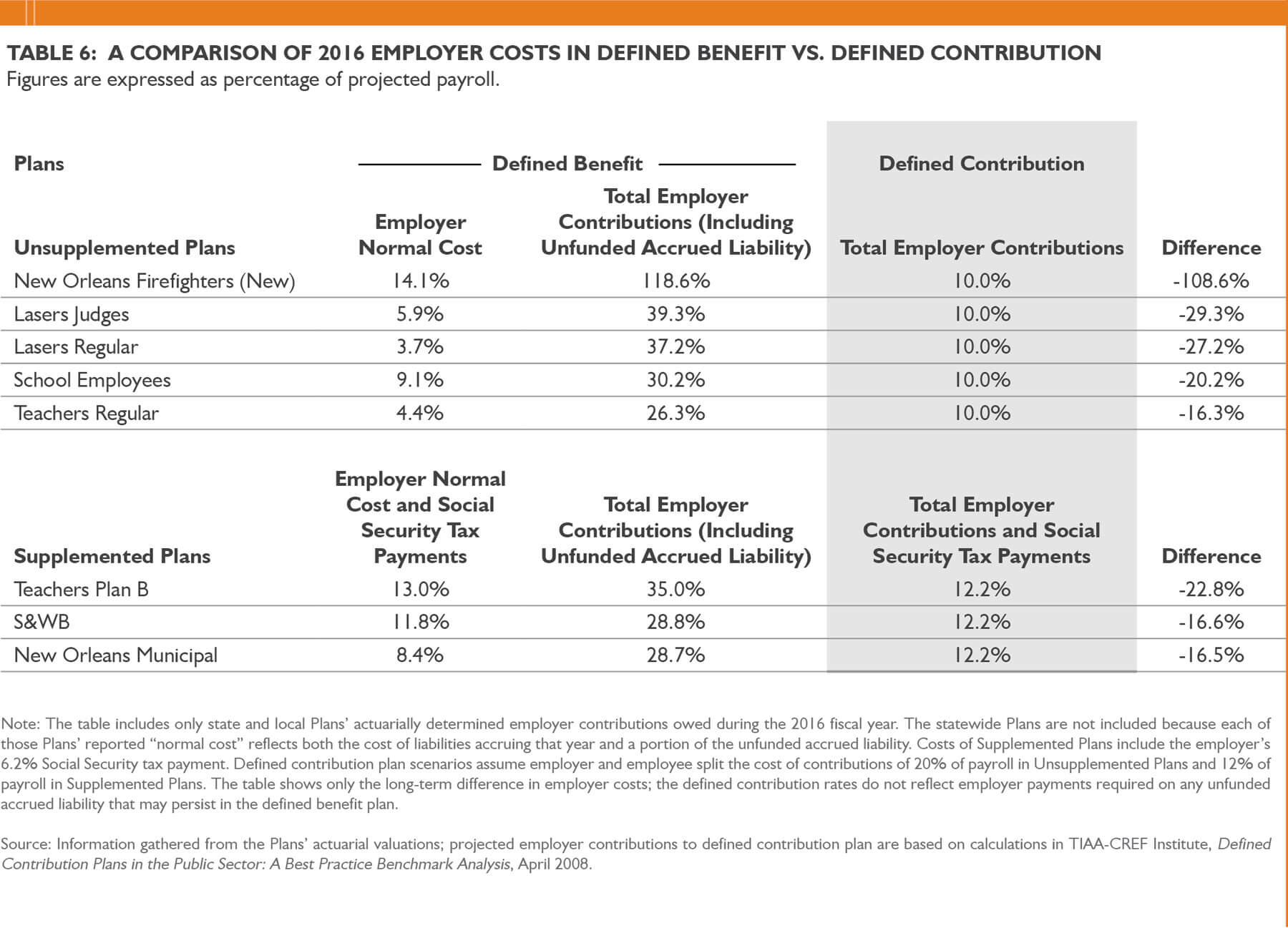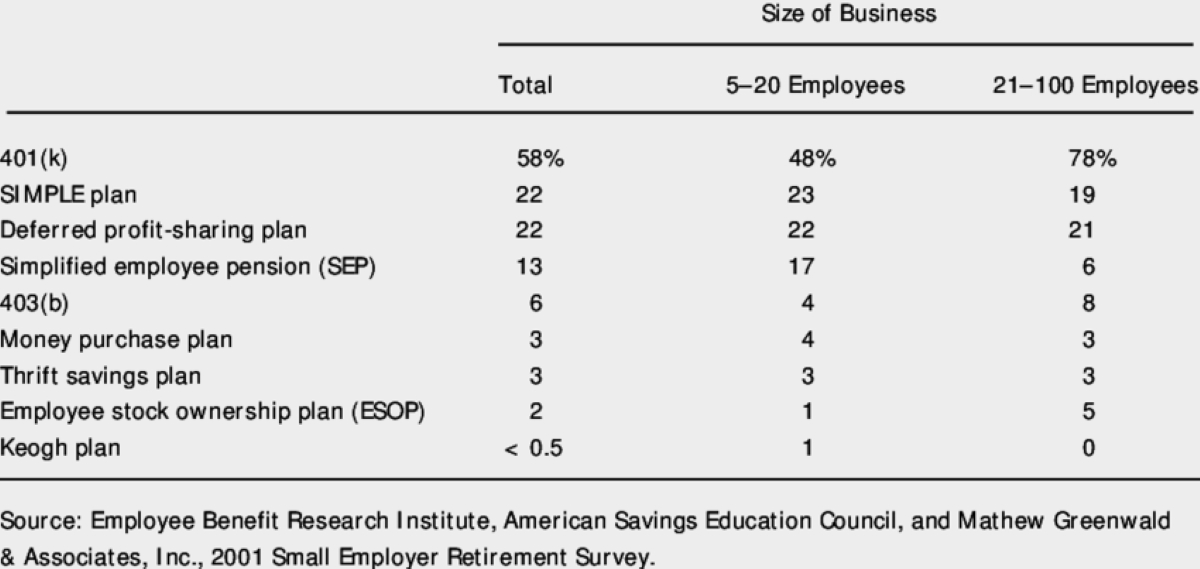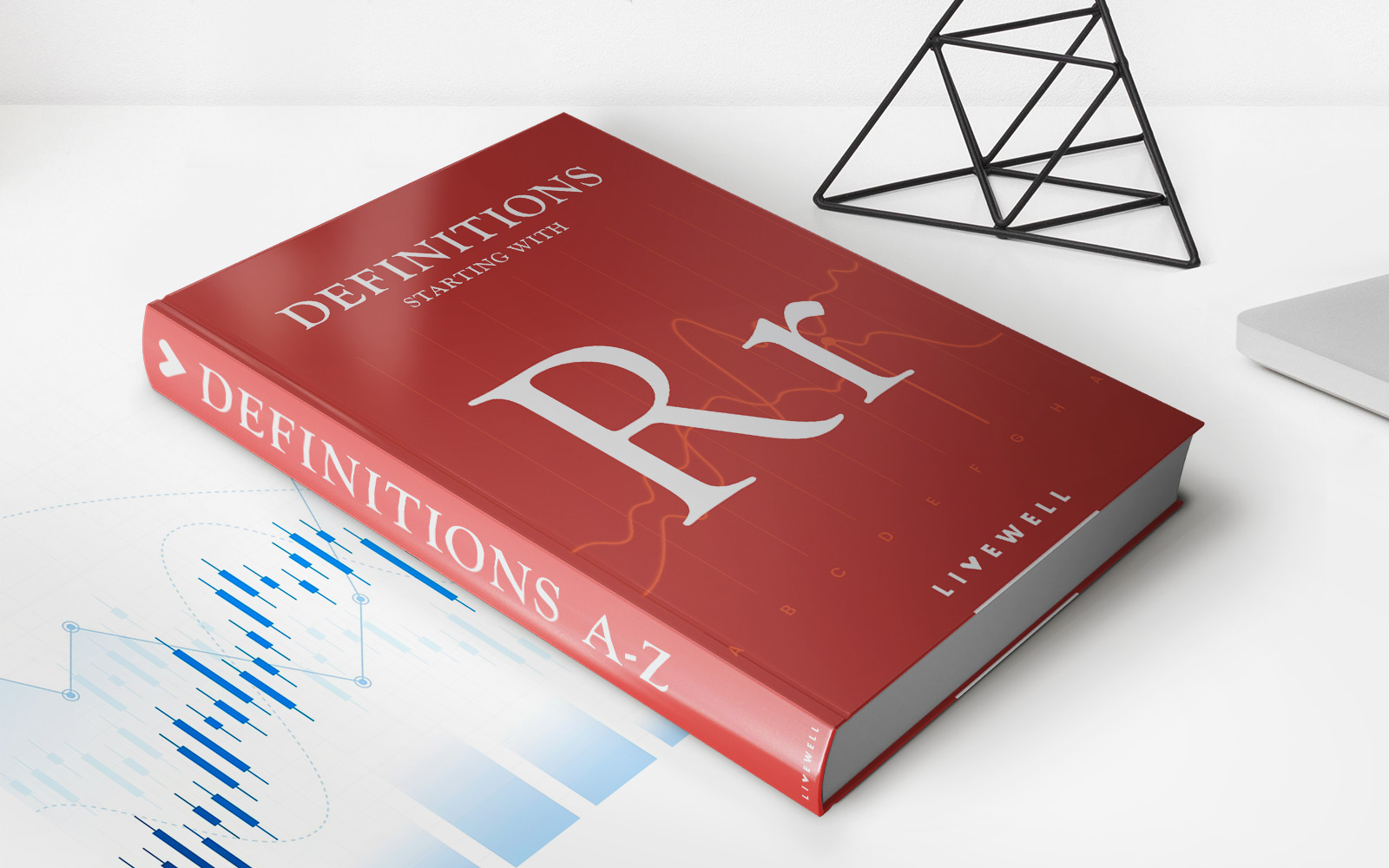Home>Finance>What Are Defined Contribution Plans, And How Do They Work?


Finance
What Are Defined Contribution Plans, And How Do They Work?
Published: November 9, 2023
Learn how defined contribution plans work in the world of finance. Discover the ins and outs of these investment vehicles, and how they can benefit your financial future.
(Many of the links in this article redirect to a specific reviewed product. Your purchase of these products through affiliate links helps to generate commission for LiveWell, at no extra cost. Learn more)
What Are Defined Contribution Plans, and How Do They Work?
Welcome to our Finance category! Today, we will dive into the world of defined contribution plans and shed some light on how they work. If you’ve ever wondered how individuals save for retirement or how employers contribute to their employees’ future financial security, then you’re in the right place! In this blog post, we’ll explore what defined contribution plans are and provide you with a comprehensive understanding of their inner workings.
Key Takeaways:
- Defined contribution plans are retirement savings plans typically offered by employers to help individuals save for their golden years.
- These plans differ from defined benefit plans, such as pensions, as they require employees to actively contribute a portion of their income towards their retirement savings.
Understanding Defined Contribution Plans
So, what exactly are defined contribution plans? These retirement savings plans are a popular and flexible option for both employers and employees. Instead of offering a promised benefit upon retirement, as seen in defined benefit plans like pensions, defined contribution plans involve employees contributing a portion of their income toward their retirement savings. The funds contributed are then invested, allowing them to grow over time.
Now you might be wondering, “How do these plans actually work?” Let’s break it down into a few key steps:
- Employer Contributions: Employers often match a portion or all of their employees’ contributions. This serves as an incentive for employees to participate actively in the plan. The employer’s matching contribution can vary and is typically a percentage of the employee’s salary.
- Employee Contributions: Employees are responsible for determining the percentage of their salary they want to contribute to their retirement savings. This contribution is usually deducted automatically from their paycheck, making it a convenient and hassle-free way to save for the future.
- Investment Options: Once the funds are contributed, employees usually have a range of investment options to choose from. These options can include stocks, bonds, mutual funds, or other investment vehicles. The goal is to generate returns and grow the retirement savings over time.
- Tax Advantages: One of the key benefits of defined contribution plans is the tax advantages they offer. Contributions are often made on a pre-tax basis, meaning that they are deducted from the employee’s income before taxes are applied. This reduces the employee’s taxable income, potentially resulting in a lower tax burden.
- Vesting: Vesting refers to the time it takes for employees to become fully entitled to their employer’s contributions. Some plans have immediate vesting, while others may have a vesting schedule that determines when employees gain ownership of the employer’s contributions.
- Retirement Distributions: Once employees reach retirement age, they can start withdrawing funds from their defined contribution plan. These withdrawals are typically subject to income tax at the prevailing rates.
Defined contribution plans, such as 401(k)s or individual retirement accounts (IRAs), provide individuals with the opportunity to take control of their retirement savings. They offer flexibility, potential employer matches, and tax advantages, making them a popular choice for both employees and employers.
So, the next time you come across the term “defined contribution plan,” you’ll have a better understanding of what it means and how it works. Remember, saving for retirement is crucial, and these plans can play a significant role in securing your financial future!
Thank you for visiting our Finance blog category! Stay tuned for more informative posts on various financial topics that will help you navigate the ever-changing world of personal finance.














